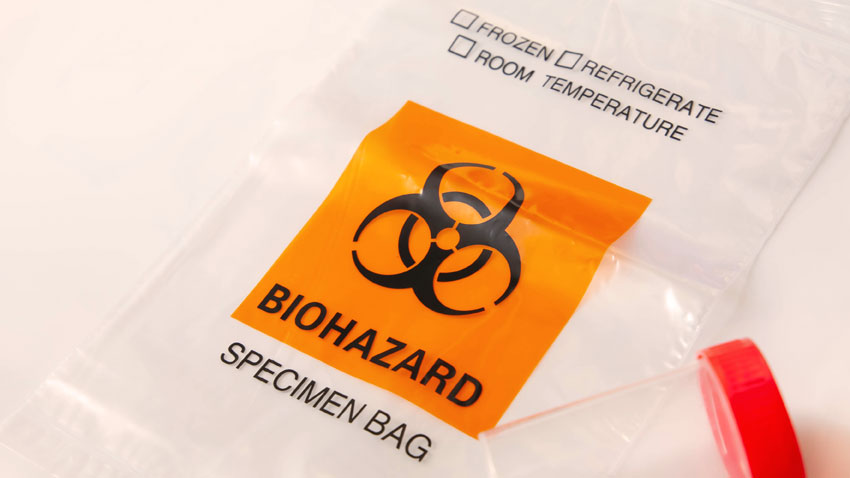Requirements and Limitations of the On-Farm Option
When neonatal foals have an illness or abnormality, the foal may be treated on the farm if the severity of the illness, value of the foal, and resources of the owner allow for that option. The veterinarian and owner should discuss the need for constant oversight of the patient and the limited ability of obtaining necessary laboratory evaluations without hospitalization. If on-farm care is chosen, the equine practitioner must ensure an appropriate nursing environment and nutritional intake for the foal. These are addressed below; for information about assessing the patient’s fluid needs, collecting laboratory samples, and administering therapy, please see the full article.
Environment for Foals
Housing should be clean, dry, draught‐free, warm, and provide a nonslippery footing with adequate padding. The newborn foal is wet, has a large surface to mass ratio, and limited energy reserves so it can become chilled at low environmental temperatures. Also, sick foals have impaired thermoregulation and do better if environmental temperatures are not cold.
![[Scott Austin with horse]](https://vetmed.illinois.edu/wp-content/uploads/2021/04/pc-austin-horse-230x300.jpg)
Recumbent foals need clean bedding and good insulation from the ground. Large bean can be used to create a foal bed, and pillows can be used to prop the foal into a sternal position to aid respiratory function. Recumbent foals need to be turned side‐to‐side at least every 2 hours.
Disposable incontinence pads can be used to collect urine and should be changed frequently. All wet skin should be dried and zinc oxide ointment may be used to protect vulnerable areas. Down foals are at increased risk for corneal ulcers, and artificial tears may be applied every 6 to 12 hours. Fluorescein staining of the cornea should be performed at least once daily.
Venous access is an essential component of on‐the‐farm care. Polyurethane catheters are flexible and are recommended over Teflon catheters for use in foals. Over‐the‐needle catheters are less expensive and easier to insert, but over‐the‐wire catheters last longer, are easier to maintain, and have fewer complications than other types of catheters.
Flow rate is inversely proportional to catheter length, so shorter catheters should be chosen if a rapid bolus of fluids is the treatment objective. For longer‐term venous access, the longest catheter suited for the insertion site is recommended, especially if medications are potentially irritating to the vein.
Nutrition for Foals
Neonates are born with limited energy reserves and rely on the ingestion of colostrum both for energy and the passive transfer of antibodies. The normal foal nurses five to seven times per hour, in bouts of about 2 minutes each. Failure to nurse can lead to hypoglycemia, dehydration, declining body temperature, and depression that can contribute to the lack of suckle response and udder-seeking behavior.
Foals with weak suckle response may require nutritional supplementation of milk or milk replacer. To ensure that the correct amounts of milk are delivered, an in‐dwelling naso‐esophageal tube can be used. I have found that palpation of the tube above the trachea is a reliable method of determining correct placement of the tube.
Normal foals usually consume up to 25 percent of their body weight as milk; however, recent studies suggest that requirements for sick neonates may be reduced by 50 percent. Overfeeding increases the risk of hyperglycemia, hypercapnia, and azotaemia. Enteral nutrition is the preferred method of nutritional support, and the enterocytes require local nutrition for normal development even in foals that do not tolerate significant amounts of enteral feeding.
If nutritional supplementation is necessary, it is best to start by giving about 6 percent of body weight the first day, divided into 12 equal feedings. Once the foal is more stable, the amount of milk or milk replacer may be gradually increased. Current estimates suggest that administration of 10 percent of body weight as milk or milk replacer is sufficient to meet the energy need of the sick neonate.
Because gastric motility can be reduced or absent in ill foals, the caregiver and clinician must monitor for ileus and bloating. Abdominal distention can be monitored by repeated measurement at a marked location, and ultrasonography can be used to assess intestinal motility. If bloating is accompanied by abdominal pain or reflux, the foal should be assessed by the veterinarian, and the indwelling tube should be removed and replaced by a tube of sufficient diameter to remove accumulated reflux. Feeding should be discontinued until bloating resolves.
Fecal consistency of foals receiving milk replacer should be carefully monitored as constipation or diarrhea may occur. If constipation is evident, hydration status should be reassessed and increased fluid administration considered. Foal attendants should be instructed to record frequency of urination, in addition to catching periodic samples to assess hydration status. Urine specific gravity <1.012 is evidence of adequate hydration, which can be checked by the veterinarian using a refractometer.
Diarrhea may point to sepsis, concurrent bacterial or viral disease, increased bacterial contamination during feeding, or too-concentrated milk replacer formulation and should prompt careful evaluation of the foal.
Most foals that require nutritional support in the field show a positive response after 1 to 2 days and resume suckling or learn to bucket feed. Foals that are not taking in adequate nutrition are at risk of developing dehydration and hypoglycemia. These factors must be addressed with intravenous fluid therapy. Foals that are ill enough to require more prolonged nutritional support frequently are intolerant of enteral feeding and require more intensive care than can easily be delivered in the field.
By Scott Austin, DVM, MS, DACVIM-LAIM
Dr. Scott Austin is a faculty member in the equine internal medicine service at the Veterinary Teaching Hospital. This article contains excerpts from: Austin SM. (2018). Management and treatment of the sick equine neonate in ambulatory practice. Equine Vet Educ. 30: 106-112. doi:10.1111/eve.12584.

![[newborn foal with mare]](https://vetmed.illinois.edu/wp-content/uploads/2021/04/pu-austin-foal.jpg)


